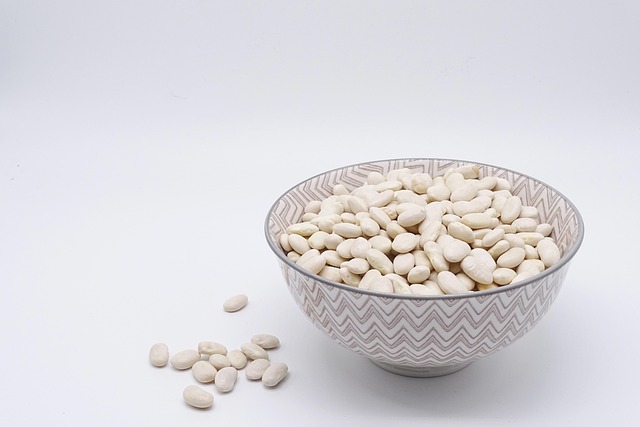Unraveling the Intricacies: Exploring Protein Structure
Protein structure is a captivating subject that lies at the very heart of biological sciences. Proteins are not just mere chains of amino acids; they are the building blocks of life, orchestrating an array of functions essential for our survival. Understanding protein structure allows us to unlock the secrets of how these complex molecules interact within our bodies, paving the way for revolutionary advancements in health and medicine.
At first glance, the world of proteins seems overwhelmingly intricate, full of twists, turns, and folds. Much like a piece of art, a single protein can have numerous forms, each contributing to its unique function. The structure of a protein is generally classified into four levels: primary, secondary, tertiary, and quaternary. Each level builds upon the previous one, creating a magnificent three-dimensional shape that is paramount to its role.
Primary Structure
At the foundation, we have the primary structure, where amino acids link together in a specific sequence. This sequence is dictated by the genetic code, demonstrating the importance of DNA in determining not just our traits but the fundamental proteins that run our bodies. A mere change in one amino acid can lead to profound consequences, showcasing how crucial this initial step is.
Secondary Structure
The secondary structure sees these amino acid chains twist and turn into alpha-helices and beta-sheets, held together by hydrogen bonds. This level offers the first glimpse of stability and shape, providing proteins with the structural framework needed to perform their functions effectively. Imagine these structures as the scaffolding of a building, giving it form and support.
Tertiary Structure
Taking it a step further, the tertiary structure emerges as the protein folds upon itself, driven by a variety of interactions, including hydrophobic behaviors and ionic bonds. This is where the uniqueness of each protein shines. The way in which they fold not only impacts their functionality but also their interactions with other molecules. This complexity is what makes the study of protein structure both challenging and thrilling.
Quaternary Structure
Finally, for proteins composed of multiple polypeptide chains, the quaternary structure forms. Here, several subunits come together, functioning as a cohesive unit. Hemoglobin, for example, illustrates this level perfectly, as it combines four subunits to transport oxygen throughout the body. Each unit has its function, contributing to a collectively greater purpose.
The exploration of protein structure extends beyond academic interest; it has real-world implications. Understanding the structure-function relationship in proteins can lead to breakthroughs in drug design and therapies for various diseases, including cancer and genetic disorders. As we deepen our knowledge of how proteins operate, we inch closer to harnessing their capabilities for innovative solutions in medicine.
For those captivated by the science of life, diving into protein structure is like embarking on an exhilarating journey—a journey filled with discovery, insight, and the potential for impactful change. The more we learn, the more we appreciate the elegant complexity that underlies every process that sustains life. From our muscles to our immune system, proteins are undoubtedly the unsung heroes working tirelessly behind the scenes, and unraveling their intricacies is a quest worth pursuing.



